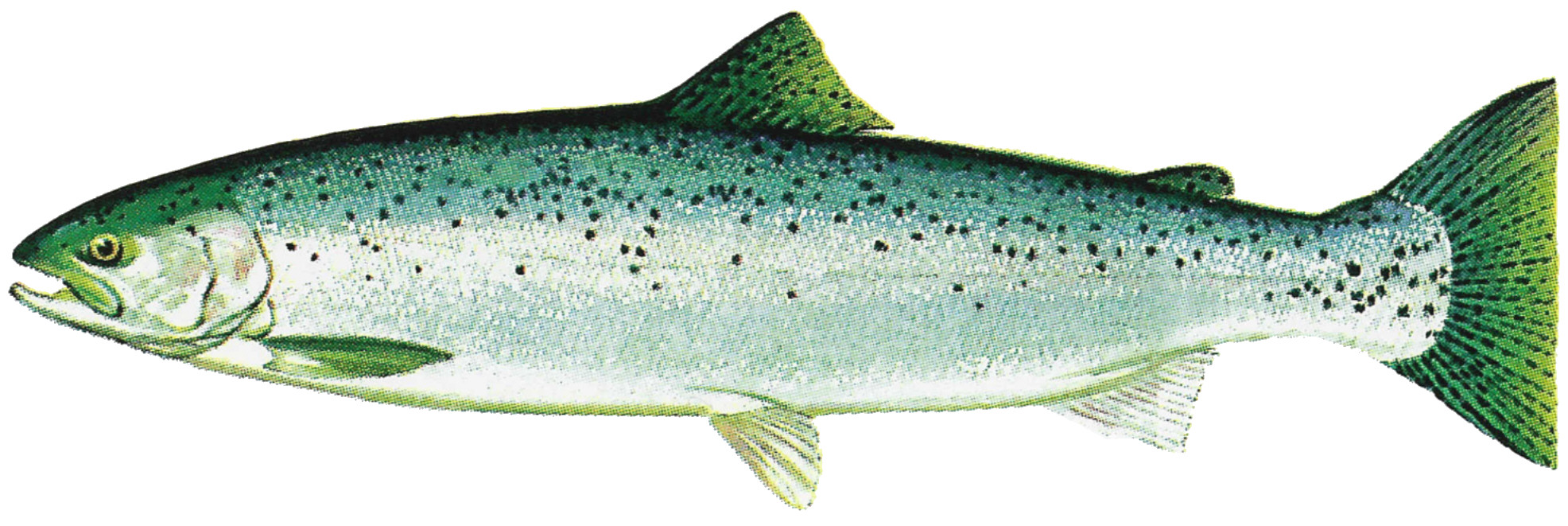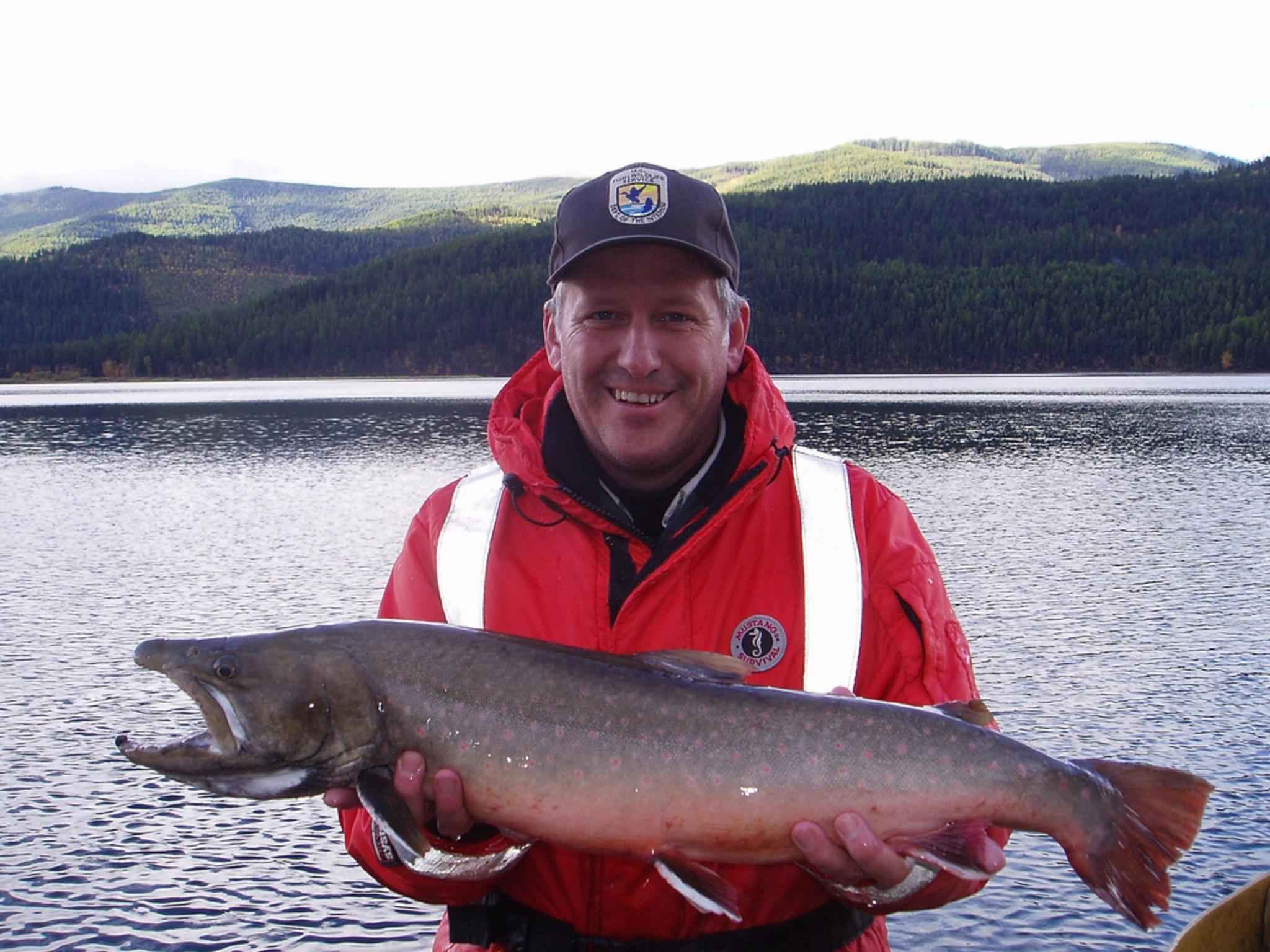|
Itcha Lake
Itcha Lake is a lake in the Chilcotin District of the Central Interior of British Columbia, Canada. It is located northwest of Chilcotin Lake near the northeastern end of the Itcha Range in Itcha Ilgachuz Provincial Park. Itcha Lake supports populations of rainbow trout and bull trout, the latter of which is a blue-listed species. It is also the source of the Chilcotin River, which flows southeast into the Fraser River The Fraser River is the longest river within British Columbia, Canada, rising at Fraser Pass near Blackrock Mountain in the Rocky Mountains and flowing for , into the Strait of Georgia just south of the City of Vancouver. The river's annual d ... south of Williams Lake. References External links * Lakes of the Chilcotin Range 3 Coast Land District {{cariboo-geo-stub ... [...More Info...] [...Related Items...] OR: [Wikipedia] [Google] [Baidu] |
Chilcotin District
The Chilcotin () region of British Columbia is usually known simply as "the Chilcotin", and also in speech commonly as "the Chilcotin Country" or simply Chilcotin. It is a plateau and mountain region in British Columbia on the inland lee of the Coast Mountains on the west side of the Fraser River. Chilcotin is also the name of the river draining that region. In the language of the Chilcotin people their name and the name of the river means "people of the red ochre river" (its tributary the Chilko River means "red ochre river") The Chilcotin district is often viewed as an extension of the Cariboo region, east of that river, although it has a distinct identity from the Cariboo District. It is, nonetheless, part of the Cariboo Regional District which is a municipal-level body governing some aspects of infrastructure and land-used planning. The vast majority of the population are First Nations people, members of the Tsilhqot'in and Dakelh peoples, while others are settlers and ran ... [...More Info...] [...Related Items...] OR: [Wikipedia] [Google] [Baidu] |
British Columbia
British Columbia (commonly abbreviated as BC) is the westernmost Provinces and territories of Canada, province of Canada, situated between the Pacific Ocean and the Rocky Mountains. It has a diverse geography, with rugged landscapes that include rocky coastlines, sandy beaches, forests, lakes, mountains, inland deserts and grassy plains, and borders the province of Alberta to the east and the Yukon and Northwest Territories to the north. With an estimated population of 5.3million as of 2022, it is Canada's Population of Canada by province and territory, third-most populous province. The capital of British Columbia is Victoria, British Columbia, Victoria and its largest city is Vancouver. Vancouver is List of census metropolitan areas and agglomerations in Canada, the third-largest metropolitan area in Canada; the 2021 Canadian census, 2021 census recorded 2.6million people in Metro Vancouver Regional District, Metro Vancouver. The First Nations in Canada, first known human inhabi ... [...More Info...] [...Related Items...] OR: [Wikipedia] [Google] [Baidu] |
Chilcotin River
The Chilcotin River /tʃɪlˈkoʊtɪn/ located in Southern British Columbia, Canada is a long tributary of the Fraser River. The name Chilcotin comes from Tŝilhqot’in, meaning "ochre river people," where ochre refers to the mineral used by Tŝilhqot’in Nation and other Indigenous communities as a base for paint or dye. The Chilcotin River, Chilko River and Lake, and Taseko River and Lake make up the Chilcotin River watershed. This watershed drains the Chilcotin Plateau which reaches north to south from the Nechako Plateau to Bridge River county and east to west from Fraser River to the Coast Mountains. It is also one of twelve watersheds that make up the Fraser River Basin. Made up of seven major tributaries, Chilcotin River starts northeast of Itcha Mountain, flowing southeast until it joins the Fraser River south of Williams Lake, upstream from Gang Ranch. The geological processes that created this region support its diverse history, climate, and ecology. This diver ... [...More Info...] [...Related Items...] OR: [Wikipedia] [Google] [Baidu] |
Lake
A lake is an area filled with water, localized in a basin, surrounded by land, and distinct from any river or other outlet that serves to feed or drain the lake. Lakes lie on land and are not part of the ocean, although, like the much larger oceans, they do form part of the Earth's water cycle. Lakes are distinct from lagoons, which are generally coastal parts of the ocean. Lakes are typically larger and deeper than ponds, which also lie on land, though there are no official or scientific definitions. Lakes can be contrasted with rivers or streams, which usually flow in a channel on land. Most lakes are fed and drained by rivers and streams. Natural lakes are generally found in mountainous areas, rift zones, and areas with ongoing glaciation. Other lakes are found in endorheic basins or along the courses of mature rivers, where a river channel has widened into a basin. Some parts of the world have many lakes formed by the chaotic drainage patterns left over from the ... [...More Info...] [...Related Items...] OR: [Wikipedia] [Google] [Baidu] |
British Columbia Interior
, settlement_type = Region of British Columbia , image_skyline = , nickname = "The Interior" , subdivision_type = Country , subdivision_name = , subdivision_type1 = Province , subdivision_name1 = , parts_type = Principal cities , p1 = Kelowna , p2 = Kamloops , p3 = Prince George , p4 = Vernon , p5 = Penticton , p6 = West Kelowna , p7 = Fort St. John , p8 = Cranbrook , area_blank1_title = 14 Districts , area_blank1_km2 = 669,648 , area_footnotes = , elevation_max_m = 4671 , elevation_min_m = 127 , elevation_max_footnotes = Mt. Fairweather , elevation_min_footnotes = Fraser River , population_as_of = 2016 , population = 961,155 , population_density_k ... [...More Info...] [...Related Items...] OR: [Wikipedia] [Google] [Baidu] |
Canada
Canada is a country in North America. Its ten provinces and three territories extend from the Atlantic Ocean to the Pacific Ocean and northward into the Arctic Ocean, covering over , making it the world's second-largest country by total area. Its southern and western border with the United States, stretching , is the world's longest binational land border. Canada's capital is Ottawa, and its three largest metropolitan areas are Toronto, Montreal, and Vancouver. Indigenous peoples have continuously inhabited what is now Canada for thousands of years. Beginning in the 16th century, British and French expeditions explored and later settled along the Atlantic coast. As a consequence of various armed conflicts, France ceded nearly all of its colonies in North America in 1763. In 1867, with the union of three British North American colonies through Confederation, Canada was formed as a federal dominion of four provinces. This began an accretion of provinces and ... [...More Info...] [...Related Items...] OR: [Wikipedia] [Google] [Baidu] |
Itcha Range
The Itcha Range, also known as the Itchas, is a small isolated mountain range in the West-Central Interior of British Columbia, Canada. It is located northeast of the community of Anahim Lake. With a maximum elevation of , it is the lowest of three mountain ranges on the Chilcotin Plateau extending east from the Coast Mountains. Two mountains are named in the Itcha Range; Mount Downton and Itcha Mountain. A large provincial park surrounds the Itcha Range and other features in its vicinity. More than 15 animal species are known to exist in the Itcha Range area, as well as a grassland community that is limited only to this location of British Columbia. The Itcha Range is within territory which has been occupied by aboriginal peoples for millennia. This area has a relatively dry environment compared to the Coast Mountains in the west. In contrast to most mountain ranges in British Columbia, the Itcha Range represents an inactive shield volcano. This highly dissected volcani ... [...More Info...] [...Related Items...] OR: [Wikipedia] [Google] [Baidu] |
Itcha Ilgachuz Provincial Park
Itcha Ilgachuz Provincial Park is a provincial park in the Chilcotin Country of British Columbia, Canada. The park is 111,977 hectares in size and contains Far Mountain and Mount Downton, its two most prominent peaks. History and conservation Established in 1995 the park was recommended for protection under the Cariboo- Chilcotin Land-Use Plan, and designated a Class A Park. Itcha Ilgachuz protects alpine grasslands, wetlands, and wildlife habitat. The Itcha Range and Ilgachuz Range are shield volcanoes that formed 5 and 2.5 million years ago as the North American Plate drifted over the Anahim hotspot. These ranges are situated in the rain shadow of the Coast Mountains, and support a high diversity of plant and animal species including woodland caribou. Recreation The park has a network of unmaintained trails for hikers or equestrian users. One trail is open to mountain biking. Wilderness backcountry camping and fishing or hunting (with a license) are permitted. Fish habitat i ... [...More Info...] [...Related Items...] OR: [Wikipedia] [Google] [Baidu] |
Rainbow Trout
The rainbow trout (''Oncorhynchus mykiss'') is a species of trout native to cold-water tributaries of the Pacific Ocean in Asia and North America. The steelhead (sometimes called "steelhead trout") is an anadromous (sea-run) form of the coastal rainbow trout or Columbia River redband trout that usually returns to freshwater to spawn after living two to three years in the ocean. Freshwater forms that have been introduced into the Great Lakes and migrate into tributaries to spawn are also called steelhead. Adult freshwater stream rainbow trout average between , while lake-dwelling and anadromous forms may reach . Coloration varies widely based on subspecies, forms, and habitat. Adult fish are distinguished by a broad reddish stripe along the lateral line, from gills to the tail, which is most vivid in breeding males. Wild-caught and hatchery-reared forms of the species have been transplanted and introduced for food or sport in at least 45 countries and every continent e ... [...More Info...] [...Related Items...] OR: [Wikipedia] [Google] [Baidu] |
Bull Trout
The bull trout (''Salvelinus confluentus'') is a Salvelinus, char of the family Salmonidae native to northwestern North America. Historically, ''S. confluentus'' has been known as the "Dolly Varden trout, Dolly Varden" (''S. malma''), but was reclassified as a separate species in 1980. Bull trout are listed as a threatened species under the U.S. Endangered Species Act (1998) and as vulnerable on the IUCN Red List, IUCN Red List of Threatened Species. Description Like other species of char, the fins of a bull trout have white leading edges. Its head and mouth are unusually large for salmonids, giving it its name. Bull trout have been recorded measuring up to in length and weighing . Bull trout may be either migratory, moving throughout large river systems, lakes, and the ocean, or they may be resident, remaining in the same stream their entire lives. Migratory bull trout are typically much larger than resident bull trout, which rarely exceed . Bull trout can be differentiated fro ... [...More Info...] [...Related Items...] OR: [Wikipedia] [Google] [Baidu] |
Blue-listed
Blue-listed species are species that belong to the Blue List and includes any indigenous species or subspecies (taxa) considered to be vulnerable in their locale in order to provide early warning to federal and regional governments. Vulnerable taxa are of special concern because of characteristics that make them particularly sensitive to human activities or natural events. Blue-listed taxa are at risk, but are not extirpated, endangered or threatened. History The concept of a Blue List was derived in 1971 by Robert Arbib from the National Audubon Society in his article, "Announcing-- The Blue List: an 'early warning' system for birds". The article stated that the list was made up for species that appear to be locally common in North America, but is undergoing non-cyclic declines. Starting from 1971, it was utilized to list vulnerable bird species throughout North America. Unlike the US Fish and Wildlife Endangered Species List, the Blue List was made to identify patterns of popul ... [...More Info...] [...Related Items...] OR: [Wikipedia] [Google] [Baidu] |




